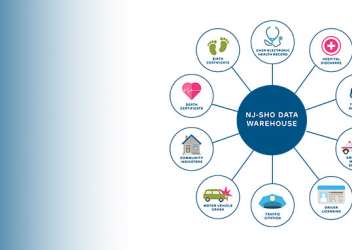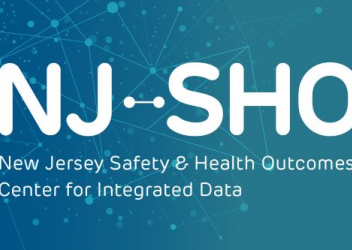Research In Action
Research In Action
Breadcrumb

While child restraint systems (CRS) remain essential in protecting child passengers, traffic crashes remain the leading cause of unintentional injury and death for young children. Protecting all children in cars requires a joint effort between policymakers, CRS and vehicle manufacturers, educators, and injury researchers. These groups need accurate data on how many children are injured in crashes and the types of injuries they experience. With this in mind, my team and I recently conducted a study that compared injury information documented on crash reports with the information reported in hospital records.
Information about injuries in a crash is primarily available from two sources: crash reports and hospital data. After a crash, the responding police officer reports on the most severe injury each passenger experiences and where it occurred, such as on the head or chest. If passengers go to the hospital after the crash, they are also evaluated by a medical team that documents any injuries present. Prior research has shown that crash and hospital records have conflicting information on injury severity and location, and we wanted to see if these differences exist among child passengers under age 13.
Using linked hospital and crash data from the New Jersey Safety and Health Outcomes (NJ-SHO) Center for Integrated Data, our study found that crash reports appear to inaccurately depict the frequency and type of injuries children experience. Specifically, crash reports often report inaccurate injury locations and tend to overstate the severity of injuries experienced. Thankfully, injuries among restrained children were rare, and those who were injured had mostly minor injuries.
Importance of Multiple Sources
Having accurate injury severity and location information is important for a number of reasons. First, crash-reported injury information is often used to allocate traffic safety funding and efforts to communities. Because of our findings, we recommend policymakers and other traffic safety stakeholders consider novel ways to improve crash scene reporting or ways to incorporate alternative data (e.g., linking crash reports to hospital records) to inform their efforts.
Our results also have implications for CRS and vehicle manufacturers. Our study found that among younger children in harnessed CRSs, head and extremity injuries were the most frequently documented. As children got older and transitioned to booster seats and seat belts, spine and thorax injuries regions also increased (see graphic below). Thus, these body regions should remain the focus of renewed efforts for CRS and vehicle manufacturers.
Our research strongly supports the benefits of CRS and the use of linked data to evaluate its effectiveness. Ultimately, we recommend continued messaging to encourage caregivers to delay restraint transitions as long as possible. Moreover, caregivers should consider both physical and developmental maturity when transitioning restraints.
Access child passenger safety resources developed by world-renowned experts at CHOP.





